What’s Indirect Light for Plants? How Many LUX is It?
As a plant care expert, I advise some plant owners to provide their plants with indirect light depending on the type of plant. The question most ask me is, “What exactly is indirect light for plants, and how does it differ from direct sunlight?“
Indirect sunlight means the sun’s rays are obstructed or refracted by structures such as trees and buildings before reaching the plant. If you measure the light intensity using a light meter, values ranging from 1076.39 to 5381.96 lux are considered indirect sunlight.
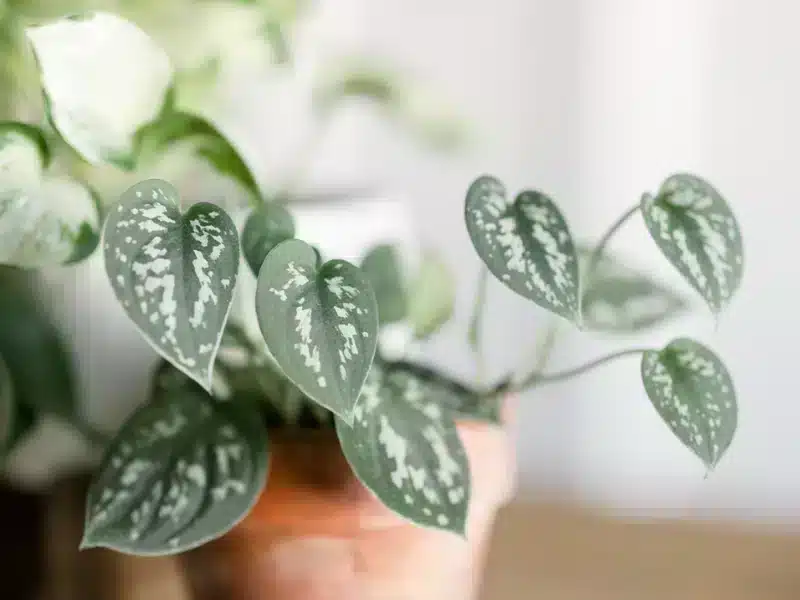
Indoor plants need varying light intensities to thrive. Some need direct light, others need bright indirect sunlight, and others can perform well in dark or low light. Below, I will explain light intensities and how to select the perfect spot for your plant.
What does indirect light for houseplants mean?
Indirect light is light that has been filtered or reflected before reaching the plant. When the sun’s rays are diffused, pass through another object, or are obstructed before reaching houseplants, we term that as indirect sunlight.
For example, potted plants in shaded patios, outdoor plants behind trees, or indoor plants behind sheer curtains are examples of plants getting indirect light. Plants under Indirect sunlight cast shadows that appear blurry or lack defined edges.
You start to understand, right? What about bright indirect light?
What does bright indirect light mean?
When your plant receives full sun that refracts from other surfaces, such as tree branches and tall buildings, before reaching it, it gets bright, indirect sunlight.
Plants grown in bright, indirect sunlight usually cast shadows, but the edges appear blurry or undefined. These shadows aren’t as sharp as those in direct sunlight.
In homes, you can get bright indirect sunlight by placing your plant a few meters away from a window that has a white sheer curtain but gets direct sunlight.
Bright indirect sunlight can be present in rooms with windows that get direct sun, but you must place the plant 5 feet from the window. You can get bright, indirect light near unshaded east or west-facing windows and shaded south-facing windows.
Bright indirect sunlight is about 500-1000 foot candles.
Where do I put my plants in indirect sunlight?
Different spots in your house have varying light intensities, which makes it necessary to know the exact areas with indirect sunlight that’ll favor houseplants needing indirect light to thrive.
Here are the most common areas at home suitable for placing your houseplants in indirect sunlight and how to position them.
East-facing windows
East-facing windows receive indirect sunlight for most of the day, except in the morning when the sun is mildly direct. But still, you can place your plants that prefer bright, indirect sunlight near windows facing east. Place them closer to the east-facing windows or on the window sills.
West-facing windows
Unshaded west-facing windows are also suitable for bright, indirect sunlight. If there are no trees or buildings blocking light from outside falling on your west-facing window, place the plant about 3-5 feet away.
If trees or building outsides shade the light, place the plants as close to the window as possible or on the window sill.
South-facing windows
South-facing windows get direct sunlight for most of the day. Place houseplants 3-5 feet away. Alternatively, If no tree branches or shade obstruct the sun’s path, place the plants close to a window with a sheer curtain.
North-facing windows
North-facing windows rarely receive direct sunlight throughout the day. Place your plants on the window sills of north-facing windows for bright, indirect sunlight.
How do you measure indirect light for plants?
Even if your plant receives the light it requires to thrive, it has to be in the right intensity. The plant will show signs of stress if there’s insufficient quantity and might stop growing altogether.
Measuring will help you know how much light intensity and type your plants get.
Here are two methods to measure indirect light for plants.
1. The shadow technique
Observing the shadow your plant forms is the simplest method to determine the type of light. Stand at your plant’s usual location at midday, hold it, and observe the shadow it forms.
Plants in direct sunlight form shadows with sharp or defined edges, while those in indirect sunlight form shadows with blurry, fuzzy, or undefined edges.
2. Measure using a light meter
Using a light meter, you can determine the amount of light your plant gets. Buy a light meter and measure your plant’s light intensity and type.
Here’s how to use the light meter:
- Expose the light meter sensor by removing the cap from it.
- Switch on the device and set a range until it starts counting.
- Carefully hold the light meter close to your plants, with the sensor facing away from the leaves but towards the light source.
- The light meter will measure the light intensity and display a reading. That’s the value you will use to determine whether your plant is getting indirect sunlight.
Interpreting light meter values
Most light meter values are expressed in foot candles. A foot-candle value means the amount of light or illumination that falls on a surface – your plant, in this case – one foot away from one candle.
However, you can convert light meter values expressed in foot candles to other units such as candela, lux, and lumen. If your light meter uses these other units, here are equations to convert them to foot candles.
0.0929-foot candles= 1 lux
1-foot candle= 1 lumen per square foot
1-foot candle= 10.76-candela Steradian per square meter
Here’s an overview of foot-candle value ranges, their meaning on the light intensity, the type of light, and common areas to find such light.
| Foot-candle value (FTC) | Light level | Type of light | Where found |
| 25-100 | Low | Little natural light | Heavily shaded areas or those far from windows. |
| 100-500 | Medium | Indirect light | Shaded east or west-facing windows and unshaded north-facing windows. |
| 500-1000 | High | Bright, indirect sunlight | Near windows with treatments receiving direct sunlight, shaded south-facing windows, and unshaded east or west-facing windows. |
| Over 1000 | Direct sunlight | Direct sunlight or full sun | Unshaded south or southwest-facing windows. |
Here’s a video guide on how to measure light for plants using a light meter:
Signs of too much or too little indirect light for plants
Your indoor plants are sensitive to changes in environmental conditions such as light intensity or exposure. When they don’t get the right light intensity to thrive, plants respond by showing signs of stress.
Below are the common signs that show your plant receives too little or too much indirect sunlight.
Signs that your houseplant is getting too much indirect sunlight
- Brown leaf ends or spikes
- Brown, dry spots on the leaves
- Leaves change pale or yellow, mainly those extremely exposed to light.
- Yellowing may be first visible in the leaf points
- Withering, mostly of newer foliage
Signs that your houseplant is getting too little indirect sunlight
- Yellowing and wilting of the leaves
- Underdeveloped leaf growth
- Thin plants, few flowers
- Stretched stems
- Dull chlorophyll
Conclusion
Your houseplants require different light intensities and exposure to thrive. Bright indirect sunlight means light rays from the sun are obstructed before reaching your plants.
For plants that need bright, indirect light, play with different positions near east, west, and south-facing windows, depending on whether there’s an obstruction.
After placing your plant in the right spot, know how much light intensity it gets by measuring it using a light meter and gauging the light intensity and type using the table in this article.
In addition, watch out for changes that’ll signify unfavorable light exposure for your plant and reposition the planter.
References
- The University of Illinois Extension: Houseplants and Indoor Lighting.
- The University of Minnesota Extension: Lighting for Indoor Plants and Starting Seeds.


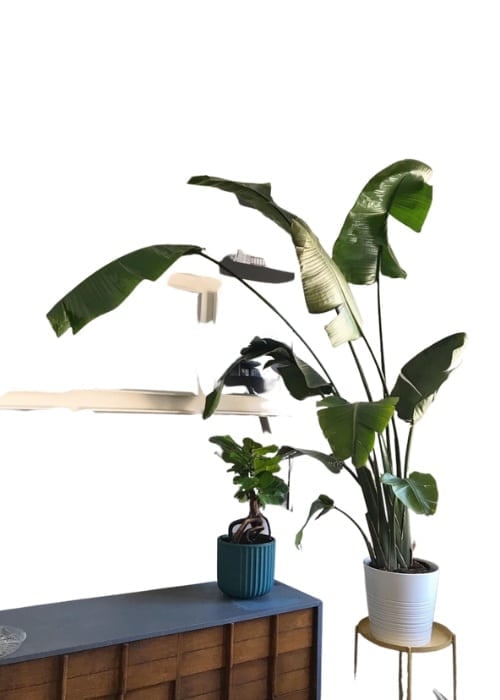
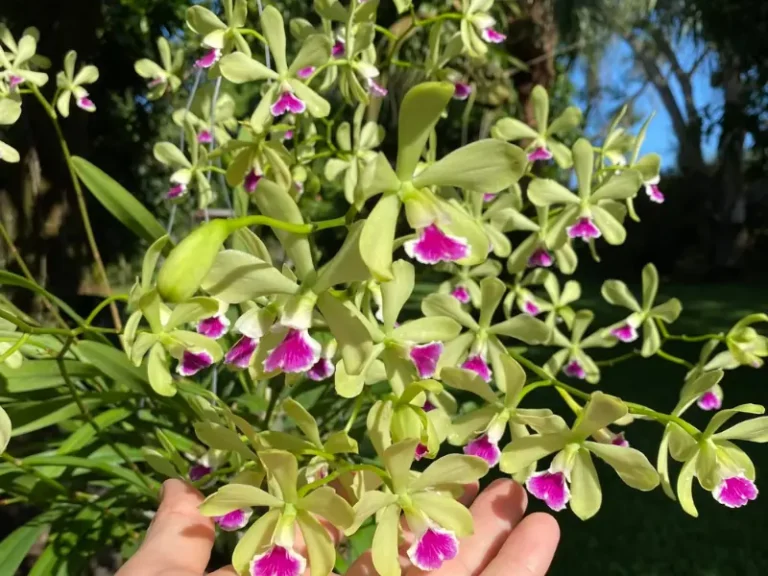
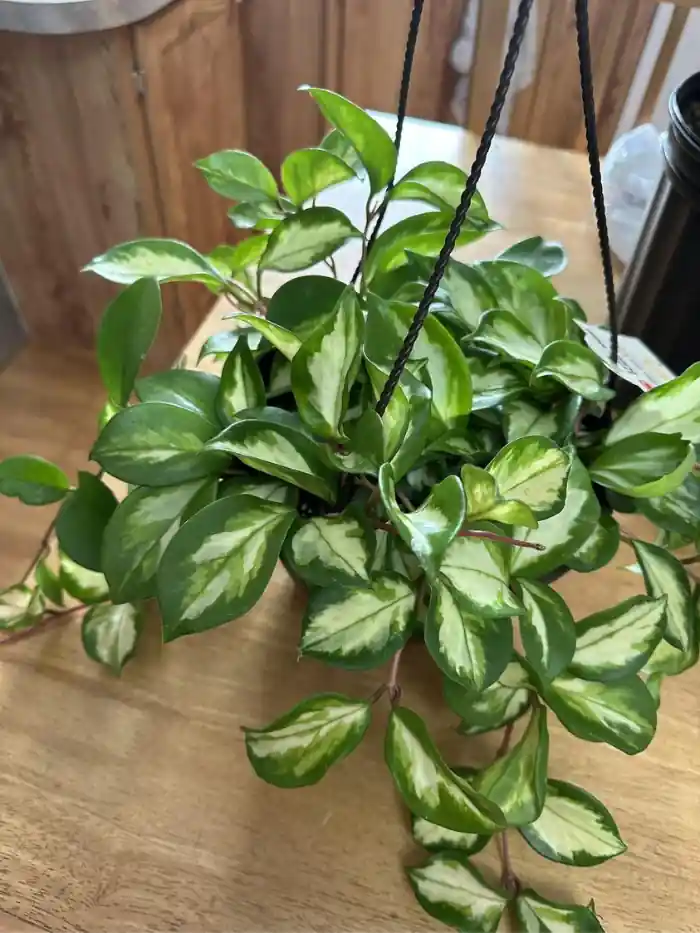
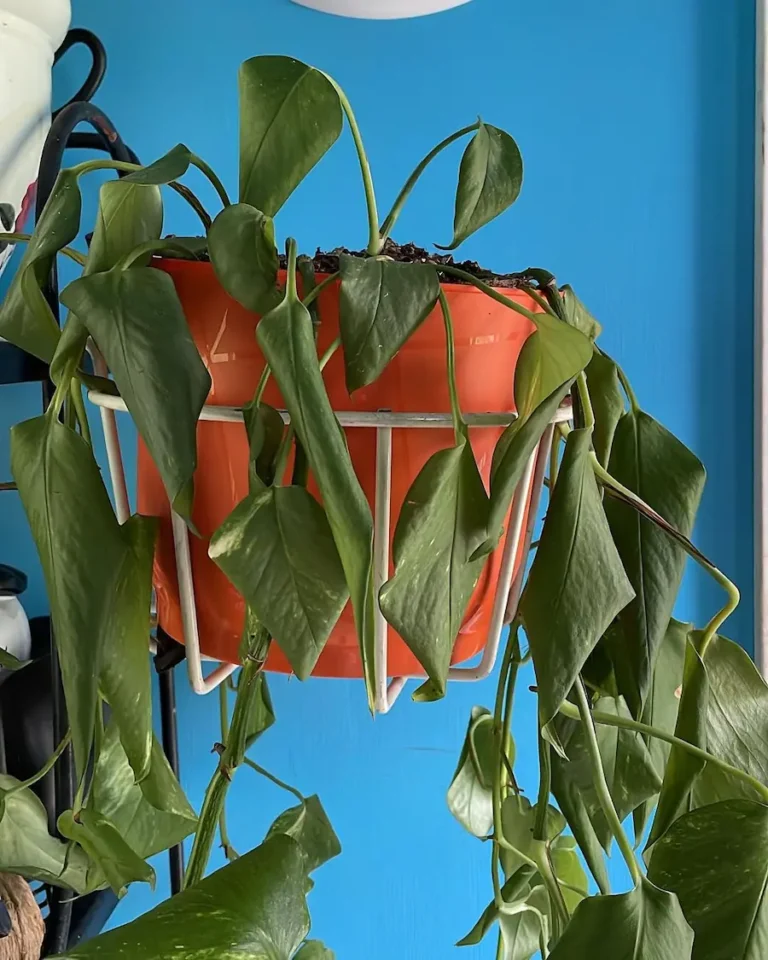
![Pothos vs. Philodendron: Differences [Pictures + Identification]](https://gardenine.com/wp-content/uploads/2020/12/Pothos-vs-Philodendron-leaf-shape-and-texture-768x576.jpg)